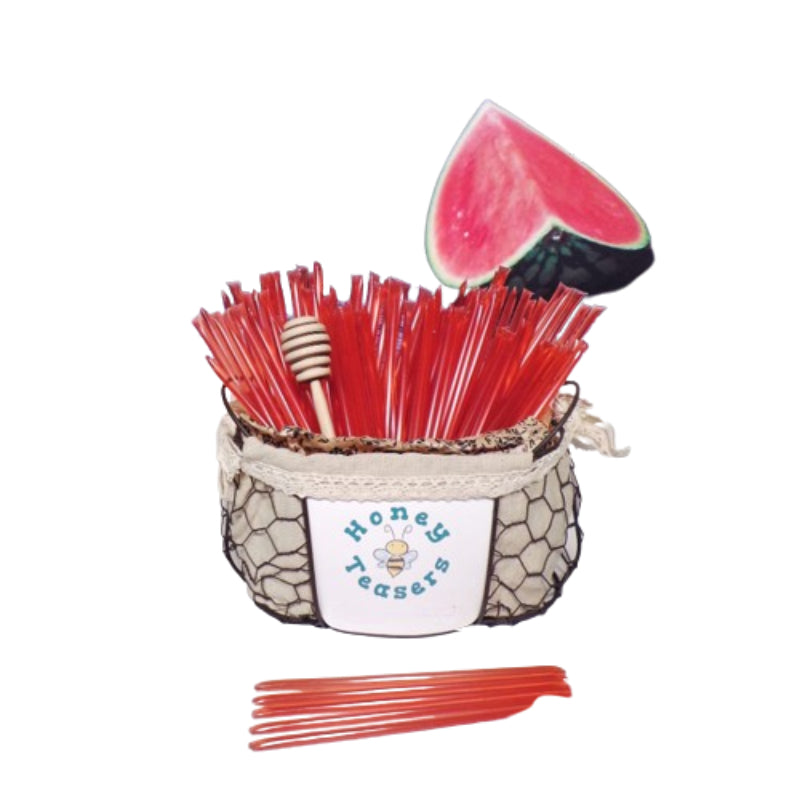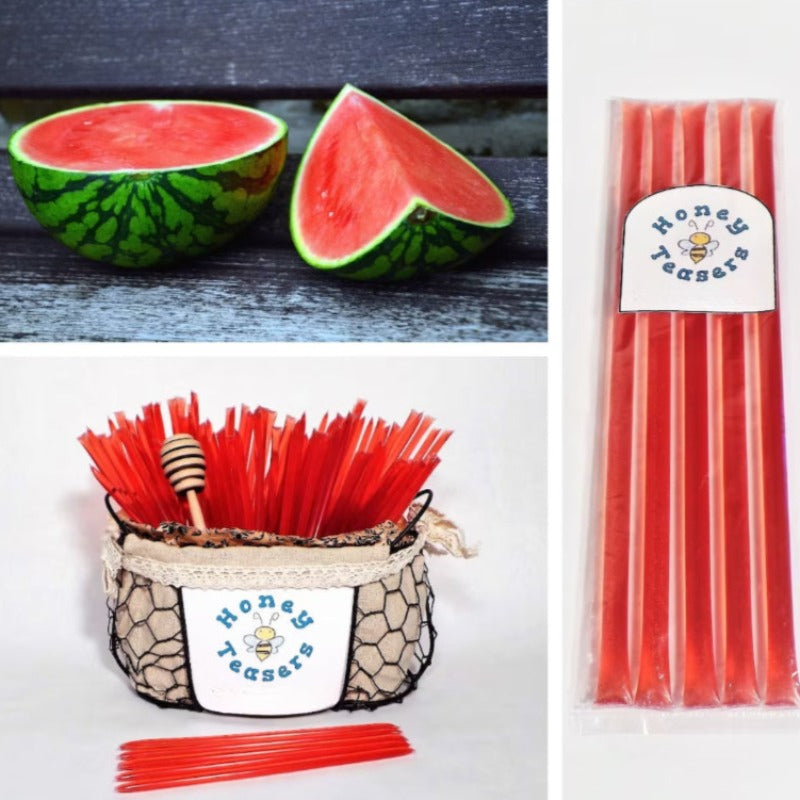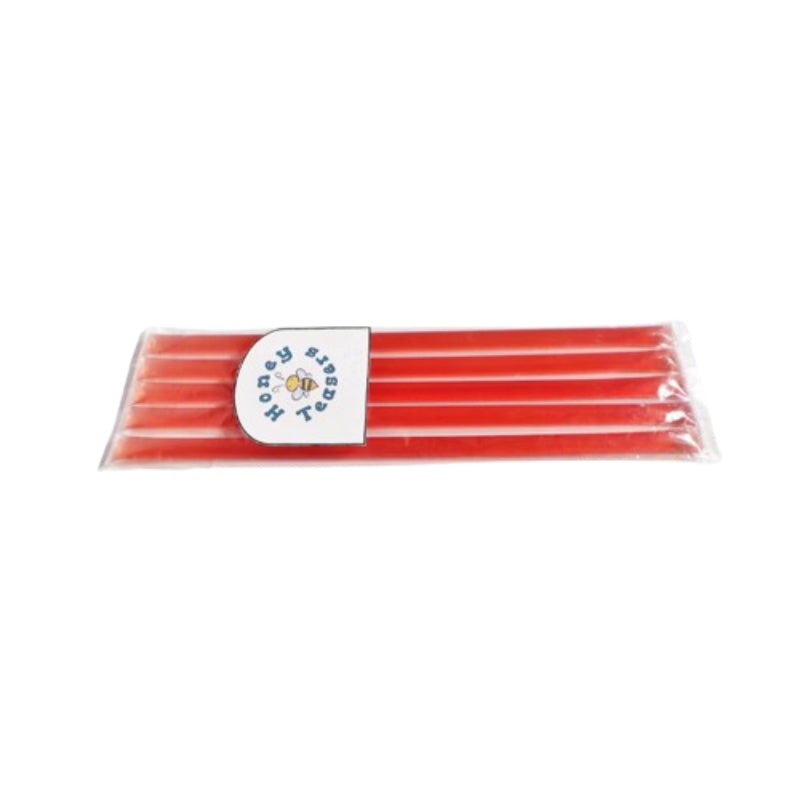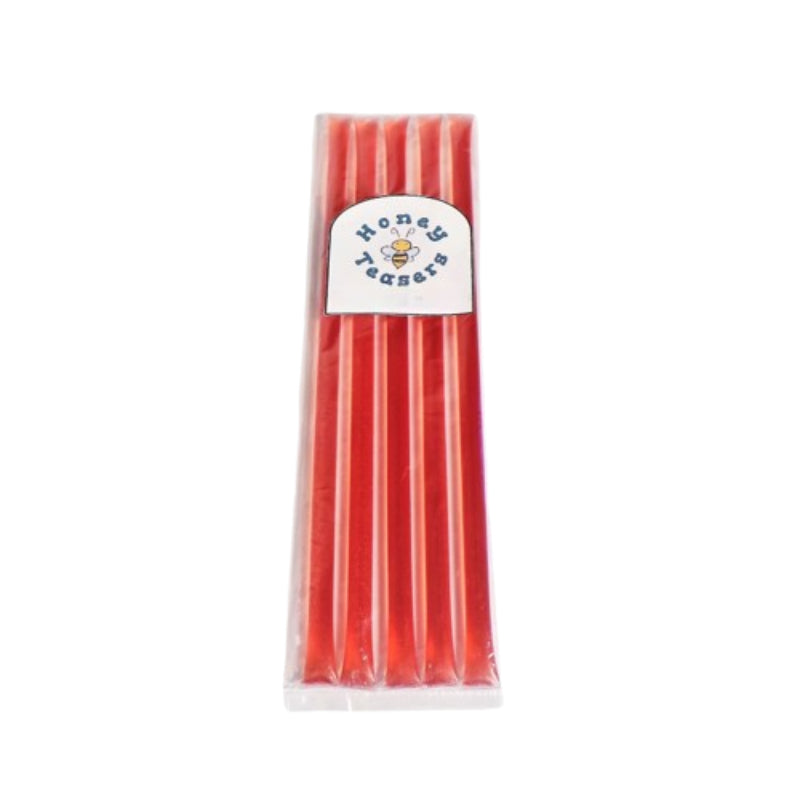- Historical context: Watermelon seeds have been cultivated for thousands of years, with evidence of their existence dating back to the ancient Egyptians. The Honey Snack Sticks variety is a more recent development, bred for its sweet flavor and snackable size.
- Geographical origination: Watermelons are believed to have originated in West Africa, but the Honey Snack Sticks variety was likely developed in a more temperate climate.
- Relevant cultural significance: Watermelons have been a staple in many cultures for their refreshing and hydrating properties. The Honey Snack Sticks variety, with its smaller size and sweet flavor, is particularly popular for snacking and in children's lunches.
- Time period of discovery: The exact time period of the Honey Snack Sticks variety's development is unclear, but it is a relatively recent addition to the watermelon family.
- Original habitat: The original habitat of watermelons is tropical and subtropical regions, but they have been adapted to grow in a variety of climates.
- Notable historical uses: Watermelons have been used for hydration and nutrition for centuries. The Honey Snack Sticks variety is particularly popular for its sweet, snackable fruit.
- Ideal temperature range: Watermelons prefer a warm climate, with temperatures between 70-85°F (21-29°C) being ideal.
- Soil type: Watermelons prefer well-draining soil that is rich in organic matter.
- Sunlight requirements: Watermelons require full sun, with at least 6 hours of direct sunlight each day.
- Watering needs: Watermelons need regular watering, but avoid overwatering as this can lead to root rot.
- Planting season: Watermelons should be planted in the late spring or early summer, after the last frost has passed.
- Germination time: Watermelon seeds typically germinate within 7-10 days.
- Growth cycle duration: Watermelons typically take 70-90 days to reach maturity, depending on the variety and growing conditions.
- Common pests and diseases: Common pests include aphids, cucumber beetles, and vine borers. Diseases include powdery mildew, anthracnose, and fusarium wilt.
- Companion planting advice: Good companion plants for watermelons include corn, sunflowers, and marigolds. Avoid planting with potatoes and other vine crops.
- Common challenges and solutions: One common challenge is maintaining the right balance of water. Too much can lead to root rot, while too little can cause the fruit to be small and underdeveloped. Regular, deep watering is recommended.
- Nutritional values: Watermelons are a good source of hydration and are also rich in vitamins A and C.
- Health benefits: Watermelons are low in calories and can help with hydration. They also contain antioxidants that can help fight inflammation.
- Culinary uses: Watermelons can be eaten fresh, added to salads, or used in beverages and desserts. The Honey Snack Sticks variety is particularly good for snacking due to its sweet flavor and small size.
- Medicinal uses: Watermelon has been used in traditional medicine for its hydrating properties and potential to help with kidney and urinary tract health.
- Other unique advantages: The Honey Snack Sticks variety is small and easy to handle, making it a great option for children's lunches or for snacking on the go.










